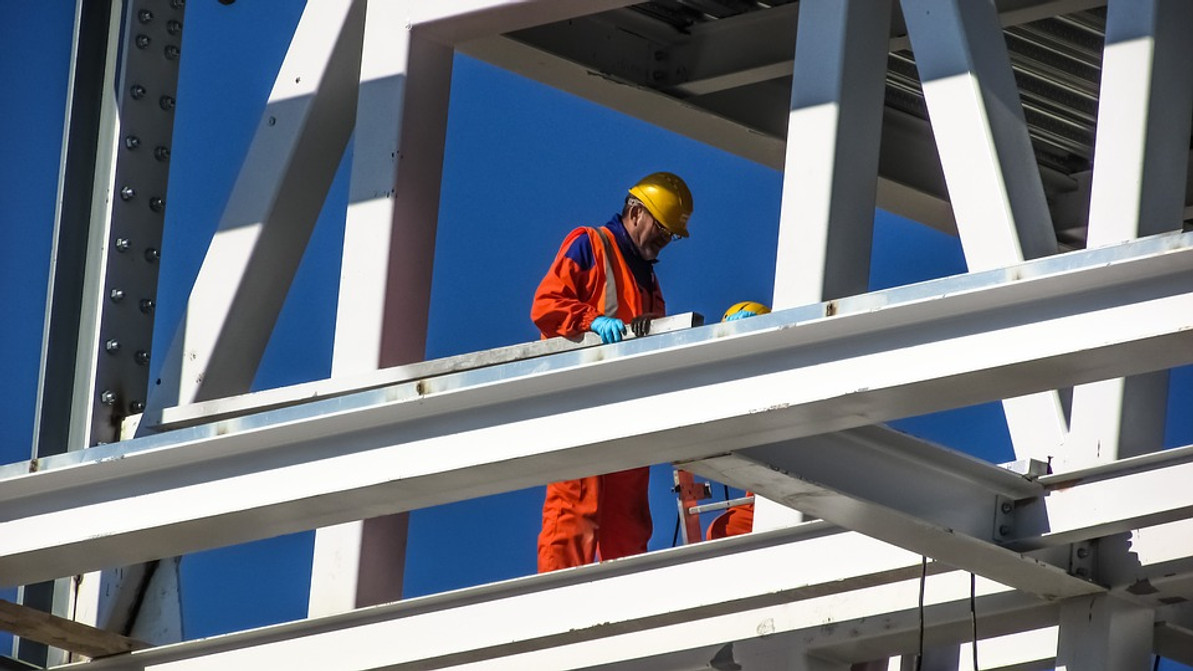Ergonomics in the Construction Industry

It's no secret that construction workers have a higher risk of injury than workers in most other industries. Whether it's falls, electrocution, struck by, stuck between, etc., construction workers face countless hazards on a daily basis. One hazard that's often overlooked, however, is musculoskeletal disorder (MSDs). But thankfully, that's also something that can be prevented through the use of ergonomically designed personal protective equipment (PPE) and gear.
What are MSD Injuries?
MSDs are injuries that occur to the musculoskeletal system (hence the name), which includes the joints, muscles, nerves, tendons, ligaments and supporting structures. They typically occur when workers exert themselves beyond their body's physical capacity, or when workers perform physical labor using the wrong posture. Lower back pain caused by a pulled muscle, for instance, is a common type of MSD-related injury. Carpal tunnel syndrome is another example of an MSD.
Not surprisingly, MSDs are very common in the construction industry. Because of the physical work involved in this job, construction workers often develop MSDs. Some of these are minor, while others are more severe and debilitating. Ergonomic PPE, however, can help protect construction workers from MSDs and other related injuries.
How Ergonomic PPE Can Help
So, what is ergonomic PPE exactly and how it can protect workers from MSDs? Ergonomics involves designing a product to better fit the worker. An ergonomic office chair, for instance, may feature additional support for the user's lower back, an adjustable height, and armrests. An ergonomic desk would feature an appropriate height so the user doesn't have to strain his or her eyes. Ergonomic features such as these are designed to minimize stress and strain on the worker, allowing for better use of the product.
Following this same principle, ergonomics also improve the utility of PPE in the construction industry while also minimizing stress and strain on the worker. All PPE is designed to protect the worker from injury and/or illness. Ergonomic PPE, however, is designed to offer a superior level of comfort by minimizing stress and strain on the worker.
Examples of ergonomics PPE for use in the construction industry includes:
- Comfortable shoes with supporting insoles.
- Power tools designed with comfortable grips and buttons placed proportionately apart.
- Noise-cancelling headphones that contour to fit the worker's head.
- Comfortable gloves that don't slide or otherwise fall off the worker's hands.
- Impact-resistant sunglasses that block glare.
Recent Posts
-
Fire Safety in the Workplace: What You Need to Know
What steps are you taking to prevent fires in your workplace? According to the U.S. Occupational Saf …Aug 23rd 2023 -
Is It Safe to Go Jogging With a Cold Infection?
If you're suffering from a cold infection, you might be wondering whether it's safe to go jogging. T …Aug 22nd 2023 -
5 Safety Tips to Follow When Using a Powder-Actuated Tool
Powder-actuated tools are commonly used to join materials to steel and concrete. Also known as Hilti …Aug 20th 2023




